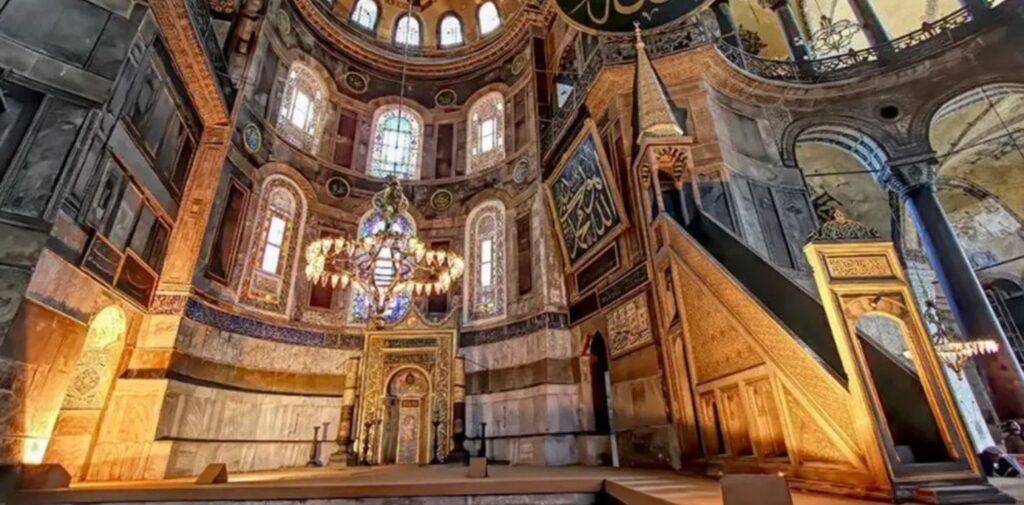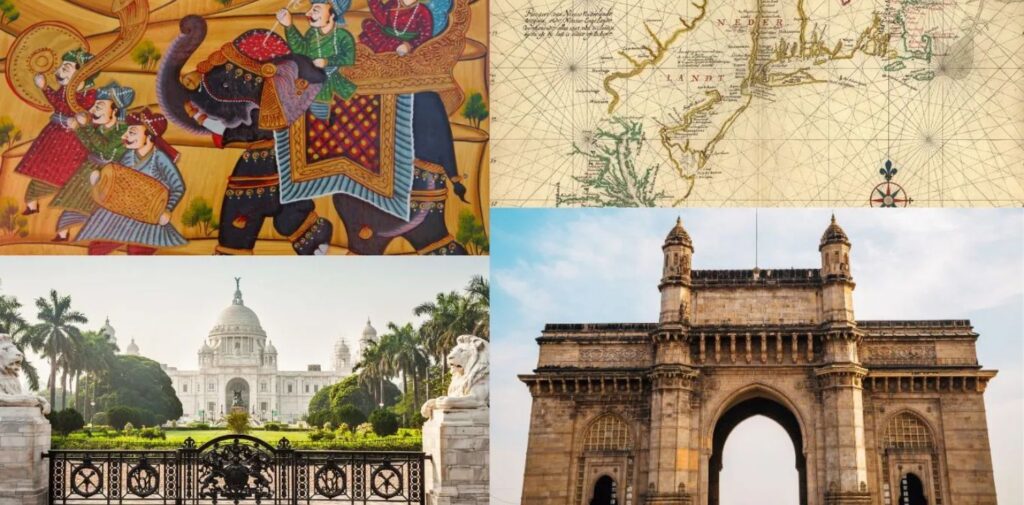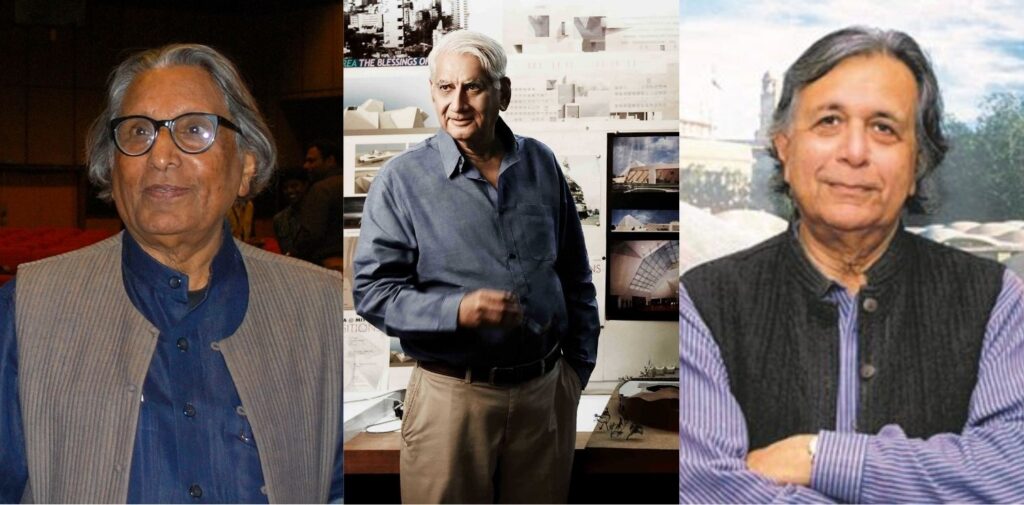Architecture is not just about designing buildings and spaces; it is a reflection of a nation’s history, culture, and aspirations. In India, architecture has played a vital role in shaping the national identity, especially during the struggle for independence and in the years that followed. Indian architects, with their unique blend of tradition and modernity, have contributed significantly to the nation’s architectural heritage. From colonial-era structures to post-independence landmarks, the work of Indian architects has been central in expressing India’s cultural pride, vision of independence, and aspirations for a modern future.
This article will explore the contributions of Indian architects in shaping the country’s national identity, focusing on how their work during and after British colonial rule helped establish India as an independent and unified nation. It will also discuss the ways in which architecture served as a medium for expressing India’s cultural heritage and national pride.
Architecture as a Reflection of National Identity
Architecture has always been an important tool for expressing the identity of a nation. It reflects a society’s values, cultural influences, and ambitions. In India, where the built environment is deeply connected to its history, religion, and diverse traditions, architects have often played a role in transforming the nation’s identity.
Before the British colonial period, India’s architecture was diverse and showcased the richness of its cultural heritage. From the grand temples of the south to the intricate palaces of Rajasthan and the Mughal-inspired buildings of Delhi, Indian architecture was a beautiful amalgamation of regional styles. However, during the colonial era, British architects imposed Western architectural designs, which sought to establish the colonial powers’ dominance over Indian society. The architecture during this period was designed to serve colonial interests rather than reflect India’s cultural identity.
With India’s independence in 1947, there was a need to reclaim the nation’s identity and assert its sovereignty. This is where the role of Indian architects became crucial. They were tasked with creating structures that would represent a new, independent India, one that was proud of its rich heritage but also looking to the future with aspirations of modernity and progress.

The Nationalist Movement and Architecture
During the struggle for independence, many nationalist leaders recognized the power of symbols and images in mobilizing people. Architecture, with its ability to shape public spaces and influence emotions, became an important medium for spreading the message of unity and resistance. While many of the prominent nationalist leaders focused on political and social movements, a few understood the importance of architecture in fostering a sense of national identity.
One example of how architecture was used to rally support for the independence movement was the creation of public spaces that could host mass meetings, protests, and gatherings. In the early 20th century, public spaces like Maidan in Kolkata and Azad Maidan in Mumbai were crucial in shaping the political landscape of the time. These spaces were designed to reflect the growing sense of Indian unity and the desire for independence.
Indian architects, though working within the constraints of colonial rule, began to adapt Western styles of architecture in ways that were distinctly Indian. They started to blend traditional Indian designs with colonial architectural elements to create something new—a fusion of the old and the new. This was seen as a way of asserting India’s right to define its own identity in the face of British rule.
Post-Independence Architecture and Nation-Building
After India achieved independence in 1947, the country faced the enormous task of building a new nation from the ground up. This meant constructing new institutions, public spaces, and residential areas that would reflect India’s newfound freedom, unity, and cultural pride. Indian architects were at the forefront of this transformation.
One of the most significant figures in post-independence architecture was Pierre Jeanneret, who worked with the famous architect Le Corbusier to design the city of Chandigarh in the 1950s. Chandigarh became a symbol of modernity and progress for a newly independent India. The city’s clean, modern lines, wide roads, and well-organized sectors were in sharp contrast to the traditional, chaotic cities of India. Chandigarh’s design was rooted in the idea of creating a functional and futuristic space that would reflect India’s aspirations for development, industrialization, and global recognition.
Another notable project was the design of the Indian Parliament House in New Delhi. The building, designed by Edwin Lutyens and Herbert Baker during the British colonial period, was a symbol of imperial power. However, after independence, the building became a focal point for the new Indian government. Indian architects helped reshape the space to reflect India’s democratic ideals, adapting the structure to the needs of a new India that valued diversity, unity, and inclusivity.
The National Museum in New Delhi, designed by architect Achyut Kanvinde, became another significant symbol of post-independence India. It was designed to preserve and display the country’s rich cultural heritage, showcasing the nation’s history, art, and achievements. The museum helped reinforce the idea of a unified India with a shared cultural and historical identity, regardless of its many diverse regions.

Indian Architects and Their Role in Symbolizing Cultural Pride
In addition to creating new cities and institutions, Indian architects also worked on projects that celebrated the country’s diverse cultural heritage. By incorporating elements from India’s past—such as traditional temple designs, Mughal architecture, and colonial-era motifs—they were able to create structures that reflected the country’s rich cultural tapestry.
For example, the Indira Gandhi Memorial Museum, located in New Delhi, celebrates the life and work of one of India’s most prominent leaders, Indira Gandhi. The museum’s design blends elements of traditional Indian architecture with modern design principles, serving as a tribute to both India’s cultural past and its future. Similarly, the National Institute of Design in Ahmedabad, designed by architect Charles Correa, uses traditional forms and materials to create a modern space for education and innovation.
Architects also played an important role in preserving India’s heritage. Many historic monuments, such as the Red Fort and Qutub Minar, were restored with the help of Indian architects who understood the significance of these structures to India’s national identity. These efforts helped ensure that the nation’s past was preserved while also building a modern future.
The Role of Women Architects in Nation-Building
While Indian architecture has often been dominated by male figures, the role of women architects in shaping the national identity of India is increasingly recognized. Women architects such as Maya Mirza, Rukmini Devi Arundale, and Nandita Krishna made significant contributions to the field, especially in areas such as urban planning, cultural preservation, and social reform.
Maya Mirza, for example, was known for her work in sustainable architecture and urban planning. Her projects focused on creating spaces that were not only functional but also environmentally friendly and culturally sensitive. As India moved forward in its development, these innovative ideas became integral to the architectural landscape of the country.

Indian Architects in the Global Arena
Indian architects have not only shaped the country’s national identity but have also made significant contributions to global architecture. Prominent architects like B.V. Doshi, Charles Correa, and Raj Rewal have earned international recognition for their work, which often draws upon traditional Indian architectural styles while embracing modern techniques and technologies.
Their work has highlighted India’s ability to merge tradition with modernity, and has influenced architectural practices around the world. These architects have helped position India as a country that values both its rich cultural heritage and its potential for future growth.
Conclusion: Role of Indian Architects
The role of Indian architects in shaping the national identity of India is profound and enduring. From designing new cities like Chandigarh to preserving and restoring historic monuments, Indian architects have played a central role in creating a built environment that reflects the country’s cultural, social, and political aspirations.
In the years following independence, Indian architects embraced the task of building a nation that was modern, yet rooted in its rich history and diverse traditions. Their work not only provided the physical infrastructure necessary for the country’s development, but also served as a means of expressing the spirit of a free and united India. As India continues to grow and evolve, the contributions of its architects will remain central in shaping the nation’s identity, both at home and on the global stage.




